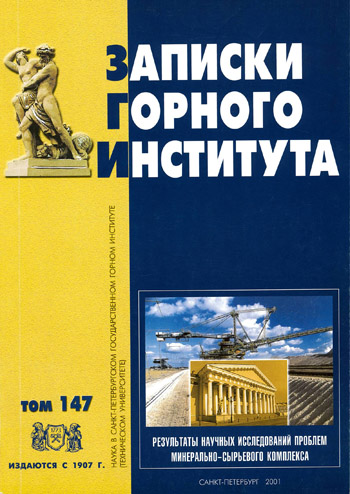Assessment of environmental hazard of technogenic massifs of mining and metallurgical production
Abstract
An assessment of the man-caused impact of mining and mineral processing enterprises on the soil and water reservoirs, the atmosphere and, as a consequence, an increase in the morbidity of the population is given. The greatest pollution and disturbance of the environment is associated with the storage sites of solid and liquid waste, which occupy more than 120 hectares in the Russian Federation. The problem of creating a classification of waste storage facilities, their thorough characterization and environmental risk assessment is very pressing. Solving this problem will help to prevent or reduce environmental impact of storage places by means of justified choice of type and design of waste storage for projectable enterprises and development of a package plan for environmental sanitation and reclamation of the territories under the impact. It will also help to cut down construction, operation and environmental expenses. Implementation of land reform requires strengthening state supervision of land and water use and conservation based on large-scale implementation of modern means of monitoring land and water conditions, as well as development of environmentally safe norms and requirements for land and water use. The results of the development and implementation of new methods of rapid assessment of the impact of solid waste on land and water reservoirs are presented. A new complete classification of technogenic tracts, based on the principle of their formation, their multivariate impact on the environment and methodological approach to the ecological and economic risk assessment of the impact of technogenic tracts on the environment is given.
